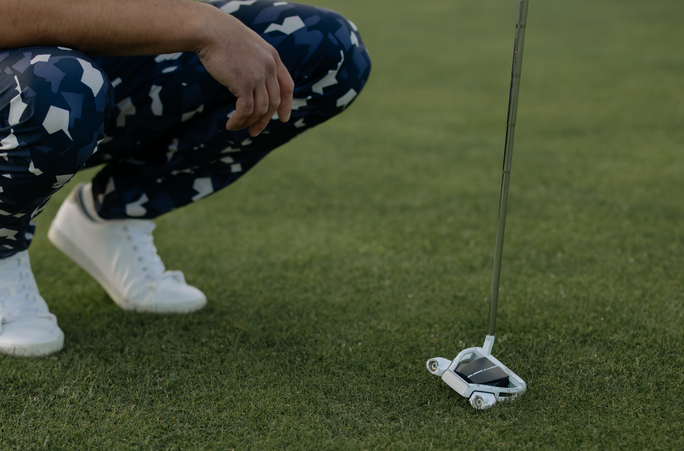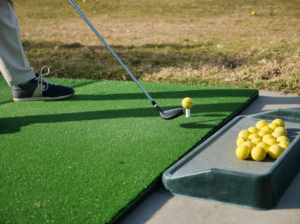Golf is a game of extra detailed precision and skill, and no club in your bag is more important than the wedge. Wedges are crucial tools for getting closer to the pin, making those tricky shots around the green, and improving your overall score. The average pitching wedge loft depends on each wedge, providing different results for your goal.
With so many different types of wedges available, rookies often find it hard to know which one to choose. Without further ado, read on. By understanding each type’s unique features, you’ll be armed up with the best information you need to select the best wedge for improving your game.
The Pitching Wedge (PW)
The Pitching Wedge (PW) is one of the most commonly used wedges in golf. It typically has a loft between 44 and 50 degrees and is designed for shots that require mid-range distance, usually around 100-130 yards. One of its main advantages is accuracy, making it one of the must-have tools in your bag. PWs come with a shorter shaft than other clubs, which makes them easier to control when hitting the ball. They also provide players with more spin on their shots due to their high loft angle. This means that PWs can stop quickly after landing, helping you get closer to the pin.
The Gap Wedge (GW)

The Gap Wedge (GW) is a versatile club that gives you the proper ability to bridge the gap between your SW and PW. Typically, it has a loft angle of 50-54 degrees, making it ideal for approach shots from 100 yards or less. The best part is it provides better control and accuracy than other clubs at this distance. It allows you to hit lower trajectory shots with more spin, which helps stop the ball faster on the green.
Another advantage of using a GW is that it gives you more options for shot selection around the green. You can use it for bunker shots, chip shots, pitch-and-run shots, and even bump-and-run shots. When selecting a GW, consider the bounce angle as well as the loft angle. The bounce refers to how much or little the sole of your club interacts with turf during impact.
The Sand Wedge (SW)
The Sand Wedge (SW) is another club you can’t miss out on having in your golf bag. As the name suggests, it’s primarily used for getting out of bunkers or sand traps. However, it can also be useful for chip shots around the green. What makes the SW effective in bunkers is its loft angle. It typically has a loft angle between 54-58 degrees which help to lift the ball out of sandy surfaces easily.
Another notable feature of this wedge is its wider sole compared to other clubs. This design helps prevent excessive digging into soft ground, allowing you to make clean contact with the ball while minimizing resistance from sand and grass. For better outcomes, try using a smooth swing that allows you better control over distance and direction.
The Lob Wedge (LW)
 The Lob Wedge (LW) is the highest-lofted wedge in a golfer’s bag, usually with 58 to 64 degrees of loft. It is an essential club for making high and short shots that require significant backspin. Unlike other types of wedges, the LW has a shorter shaft length, making it much easier to control and play delicate shots around the green.
The Lob Wedge (LW) is the highest-lofted wedge in a golfer’s bag, usually with 58 to 64 degrees of loft. It is an essential club for making high and short shots that require significant backspin. Unlike other types of wedges, the LW has a shorter shaft length, making it much easier to control and play delicate shots around the green.
The design of this club allows for a higher trajectory, softer landing, and less roll than any other wedge. One common scenario where the LW comes in handy is when you need to hit over obstacles like bunkers or trees while maintaining accuracy and control. With its increased loft angle, players can make precision shots with confidence, even on challenging lies.
How to Choose the Best Wedge for Improving Your Game
Choosing the right wedge can be a game-changer for any golfer. Whether you’re looking to improve your shots out of the bunker, hit higher and softer shots onto the green, or just fill in gaps in your club selection, understanding the different types of wedges available is essential.
When it comes to selecting a wedge, consider your personal preferences and playing style. Do you prefer hitting high-lofted shots or lower ones? What type of courses do you typically play? These factors can help guide your decision-making process.


